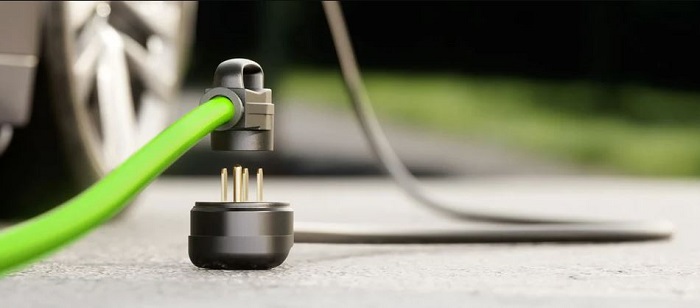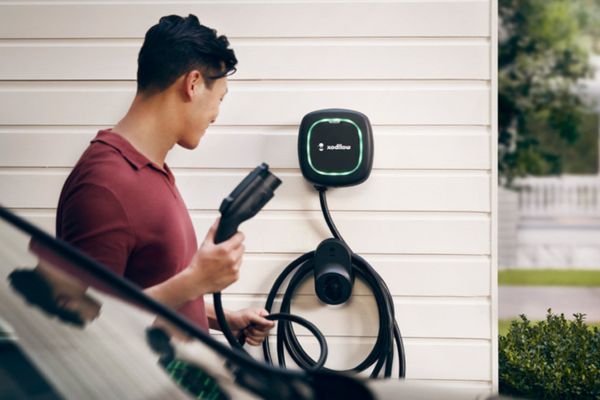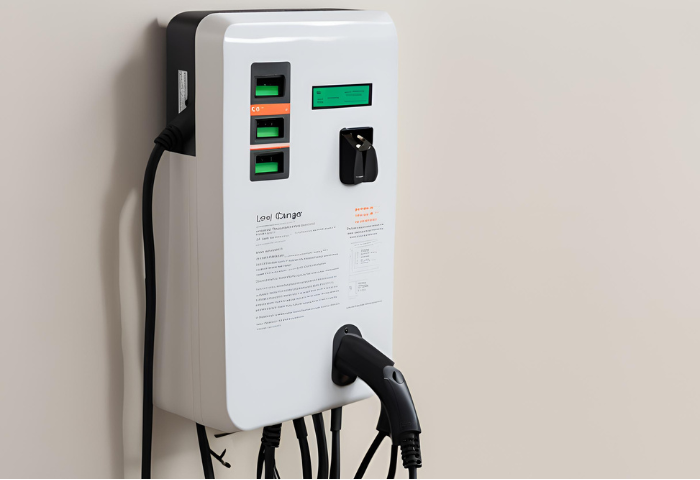The Rise of EVs and the Need for Secure Home Charging
Environmental concerns and advancements in battery technology are driving the exponential growth of the global electric vehicle (EV) market. This surge in EV adoption necessitates convenient and reliable home charging solutions. However, outdoor charging stations are vulnerable to the elements and potential vandalism.
To ensure the longevity and security of these essential charging points, protective enclosures become crucial. These enclosures safeguard the charging equipment from harsh weather conditions, dust, and unauthorized access, guaranteeing a seamless and secure charging experience for EV owners.
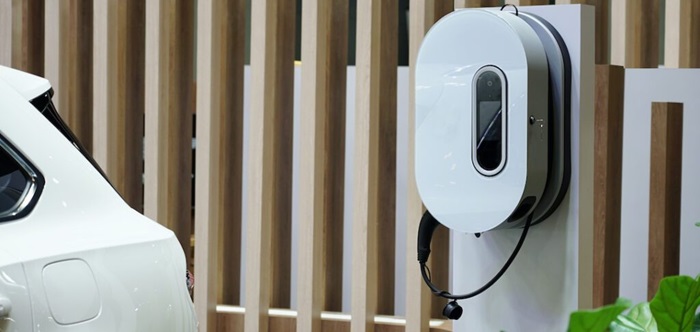
What is an EV Charger Enclosure?
An EV charger enclosure is a protective housing designed to safeguard electric vehicle charging equipment, such as charging stations and associated electrical components, from various environmental factors and potential threats. Its primary purpose is to ensure the reliability, safety, and longevity of EV charging infrastructure, particularly when installed outdoors.
The benefits of using an EV charger enclosure include:
Protection from Weather Elements: Enclosures shield charging equipment from adverse weather conditions such as rain, snow, and intense sunlight. By providing a barrier against moisture, dust, and other environmental hazards, enclosures help prevent corrosion, electrical malfunctions, and damage to sensitive components. This protection ensures consistent performance and extends the lifespan of EV charging stations, reducing maintenance costs and downtime.
Security Against Vandalism or Tampering: Enclosures offer physical security measures to deter theft, vandalism, or unauthorized access to EV chargers. Robust construction and locking mechanisms prevent tampering with electrical connections, cables, or control panels, safeguarding the integrity and safety of the charging infrastructure. Additionally, some enclosures may feature surveillance or alarm systems for enhanced security monitoring, further deterring potential threats.
Improved Aesthetics: Beyond functionality, EV charger enclosures contribute to the visual appeal of charging installations, enhancing the overall aesthetics of outdoor environments. Sleek, durable designs complement various architectural styles and landscapes, integrating seamlessly into residential, commercial, or public spaces. Enclosures can be customized with branding elements, colors, or finishes to reflect the identity of the charging network or property, creating a cohesive and welcoming impression for EV users and passersby.
Types of EV Charger Enclosures
Selecting the right enclosure for your EV charger is crucial for both functionality and aesthetics. Here’s a breakdown of common types and their pros and cons:
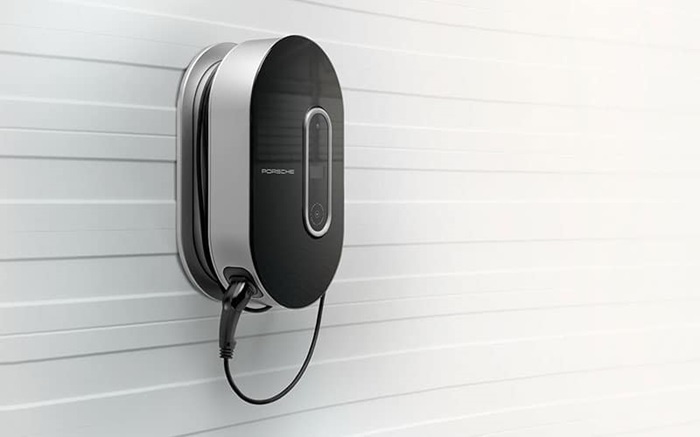
Wall-mounted enclosures: These are space-saving and discreet, ideal for garages or homes with limited space. They offer easy access and a clean look, but may not be suitable for outdoor installations or areas with heavy foot traffic.
Pedestal enclosures: Freestanding and sturdy, pedestal enclosures are perfect for open areas like parking lots or public spaces. They provide protection from the elements and vandalism, but they require more space and can be visually obtrusive.
Meter enclosures: Combining charger and meter in one unit, these enclosures offer a streamlined solution for commercial or multi-unit installations. They simplify billing and management, but can be more expensive and complex to install.
Choosing the Right EV Charger Enclosure
When selecting an EV charger enclosure, several factors should be considered to ensure compatibility, durability, security, cost-effectiveness, and ease of installation:
- Size and Compatibility with Your EV Charger:
- Choose an enclosure that is appropriately sized to accommodate your specific EV charger model, including any additional components such as cables, connectors, or mounting brackets.
- Ensure compatibility with the physical dimensions and electrical specifications of your charger to avoid installation issues or functional limitations.
- Material and Durability (Weather Resistance):
- Opt for materials that offer robust durability and weather resistance to withstand outdoor conditions such as rain, snow, UV exposure, and temperature fluctuations.
- Common materials include corrosion-resistant metals (e.g., stainless steel, aluminum), UV-stabilized plastics, or weatherproof composite materials.
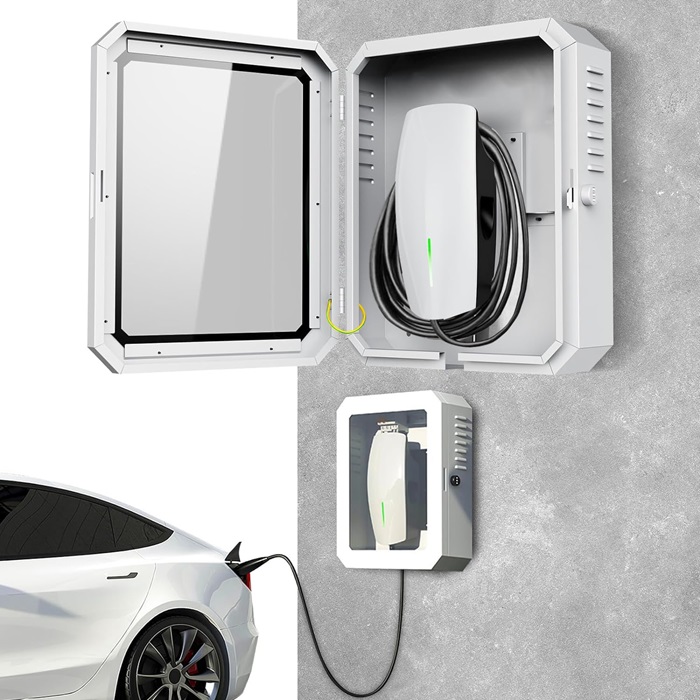
- Ventilation (Heat Dissipation):
- Prioritize enclosures with adequate ventilation or cooling features to prevent overheating of EV charger components during operation.
- Ventilation can help dissipate excess heat generated by charging processes, ensuring optimal performance and prolonging the lifespan of electrical components.
- Security Features:
- Look for enclosures equipped with security features such as locking mechanisms, access controls, or tamper-resistant designs to deter theft, vandalism, or unauthorized access.
- Consider additional security measures such as surveillance cameras, alarms, or tamper-evident seals for enhanced protection of charging infrastructure.
- Cost Considerations:
- Evaluate the overall cost of the enclosure, considering factors such as material quality, size, features, and brand reputation.
- Balance cost considerations with the long-term benefits of durability, reliability, and security to make an informed investment decision.
- Ease of Installation:
- Choose an enclosure that offers ease of installation and compatibility with existing infrastructure, minimizing downtime and labor costs.
- Look for enclosures with intuitive mounting systems, pre-drilled holes, and clear installation instructions to simplify the setup process.
Regulations and Compliance
It’s important to note that some localities may have regulations governing the installation of EV charger enclosures. These regulations could encompass factors such as safety standards, placement requirements, and aesthetic considerations.
To ensure compliance with local codes and regulations, it is advisable to consult with relevant authorities or contact a qualified electrician familiar with regional requirements. By adhering to applicable regulations and seeking professional guidance, EV owners can ensure the safe and legal installation of charger enclosures, minimizing potential risks and liabilities.
Installation Tips For Outdoor EV Charger Enclosure
When installing an outdoor EV charger enclosure, several key considerations should be kept in mind to ensure optimal performance and safety:

- Maintaining Proper Clearances for Ventilation:
- Ensure sufficient space around the enclosure to allow for proper airflow and ventilation. This helps prevent overheating of electrical components and ensures efficient operation of the EV charger.
- Follow manufacturer recommendations for clearance distances between the enclosure and surrounding structures, walls, or other obstructions to promote adequate airflow and heat dissipation.
- Importance of Qualified Electrician Involvement:
- Given the electrical complexity of EV charger installations and potential safety risks, it’s essential to involve a qualified electrician in the setup process.
- Electricians can ensure that wiring, connections, and electrical components are installed correctly and in compliance with relevant codes and regulations.
- For more complex setups involving multiple charging stations, energy management systems, or integration with renewable energy sources, the expertise of a qualified electrician is particularly crucial to ensure proper functionality and safety.
Related Products
While this guide primarily focuses on EV charger enclosures, it’s important to note that there are various other EV charging accessories available to enhance the charging experience and support different needs:
- Portable EV Chargers:
Portable EV chargers, also known as EVSEs (Electric Vehicle Supply Equipment), provide flexibility for EV owners to charge their vehicles at different locations, including homes, workplaces, or public charging stations. These compact chargers typically feature plug-and-play functionality and can be easily transported in the trunk of a vehicle for on-the-go charging.
- Solar Panel Kits:
Solar panel kits offer a sustainable energy solution for EV charging by harnessing sunlight to generate electricity. These kits include solar panels, inverters, and mounting hardware, allowing EV owners to install renewable energy systems on rooftops or other suitable locations. Solar-powered EV charging reduces reliance on grid electricity and lowers the carbon footprint associated with vehicle charging.
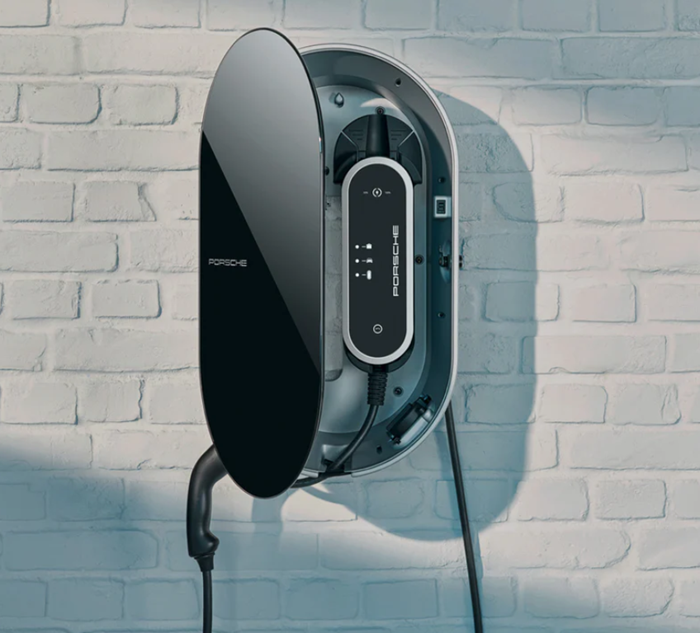
- Other EV Charging Accessories:
This category encompasses a wide range of accessories designed to complement EV charging infrastructure, including cable management solutions, charging adapters, smartphone apps for monitoring charging sessions, and smart home integration devices. These accessories enhance convenience, safety, and efficiency in EV charging operations, catering to diverse user preferences and requirements.
Advanced Features
Some EV charger enclosures offer advanced features to enhance functionality, convenience, and safety:
- Temperature Control Systems:
Advanced enclosures may incorporate temperature control systems to regulate internal temperatures and prevent overheating of electrical components.
These systems may include built-in fans, vents, or insulation materials to optimize thermal management and ensure consistent performance in varying environmental conditions. Temperature monitoring sensors can provide real-time data to prevent damage due to excessive heat buildup, prolonging the lifespan of charging equipment.
- Integration with Smart Home Systems for Remote Monitoring and Control:
Enclosures equipped with smart technology capabilities can integrate with home automation systems or smartphone apps, allowing users to remotely monitor and control charging sessions. Through Wi-Fi or cellular connectivity, EV owners can check charging status, adjust charging schedules, and receive notifications on their mobile devices.
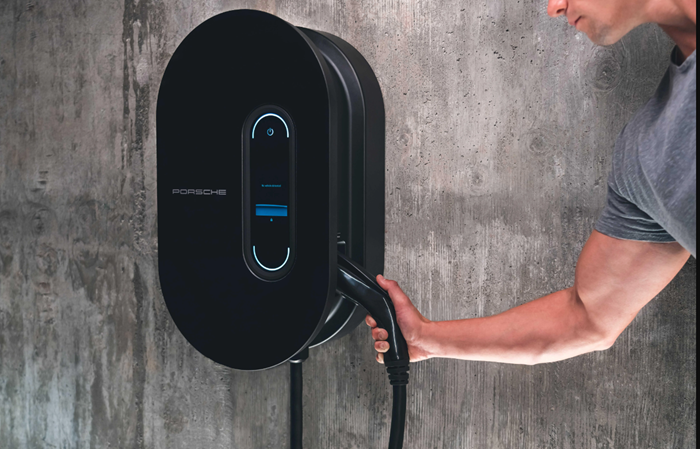
- Cable Management Solutions:
Advanced enclosures may feature integrated cable management solutions to organize and protect charging cables, reducing clutter and trip hazards. Cable management systems may include retractable reels, cable guides, or dedicated compartments within the enclosure to neatly store excess cable length. These solutions improve the user experience, streamline charging processes, and enhance safety by preventing cable damage or entanglement.
Investing in an enclosure for your EV charger is a wise decision that safeguards your valuable asset and ensures its longevity. Enclosures shield the charger from harsh weather conditions, preventing damage from rain, snow, and extreme temperatures.
They also deter vandalism and theft, providing peace of mind and protecting your investment. Additionally, enclosures enhance the aesthetics of your property, creating a neat and organized charging station.
Finding the right enclosure is easy. Numerous online retailers and local hardware stores offer a wide range of options to suit your specific needs and budget. With a little research, you can find an enclosure that perfectly complements your EV charger and provides the protection it deserves.
Additional Resources
- “EV Charger Installation Guide” by Energy.gov: Provides comprehensive guidance on installing EV chargers, including considerations for outdoor installations and safety tips.
- “National Electrical Code (NEC)” by the National Fire Protection Association (NFPA): Access the latest version of the NEC to ensure compliance with electrical installation standards and regulations.
- “Charging Infrastructure Guidance” by the Electric Vehicle Charging Association (EVCA): Offers resources and best practices for planning, installing, and managing EV charging infrastructure, including information on enclosure selection and installation.

Henry Michael is a leading expert in EV charging station research, specializing in innovative solutions for electric vehicle infrastructure. With a passion for sustainability and technological advancement, he is dedicated to advancing the accessibility and efficiency of EV charging worldwide.


